From strange lightning strike rashes to exploding trees, these lightning facts will, well, shock you.
10 Weird Facts About Lightning Strikes
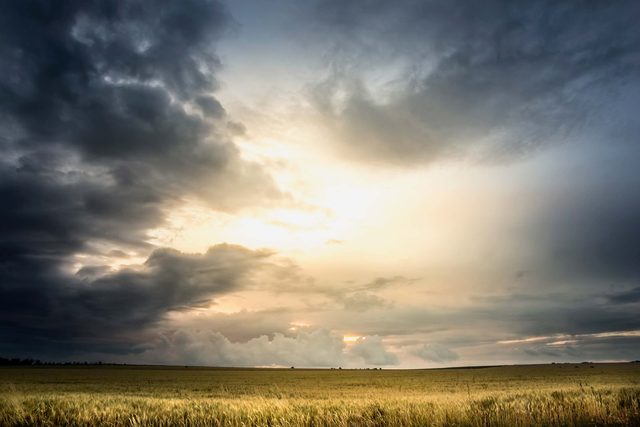
You can’t have thunder without lightning
That’s because thunder is the sound caused by lightning. A charged, superheated lightning bolt creates a “resonating tube” as it travels. The air in the tube rapidly expands and contracts causing vibrations that you hear as the rumble of thunder. Learning lightning facts is cool, but now learn 22 things about thunderstorms.
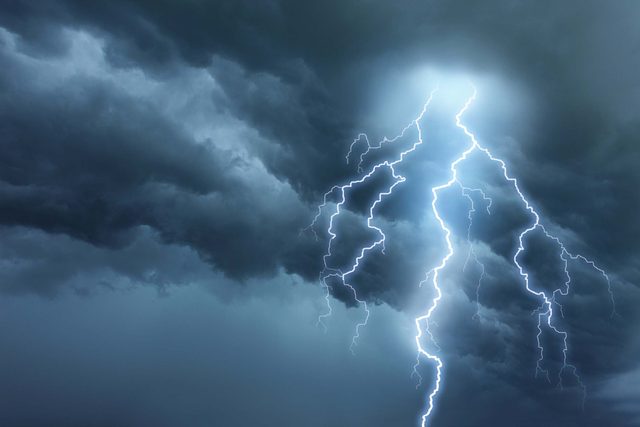
Lightning-strike victims develop a strange rash
One of the lightning facts most people don’t know is that those who are struck by lightning are often temporarily covered with what’s known as red Lichtenberg figures, which are branching, tree-like patterns created by the passage of high voltage electrical discharges along the skin.
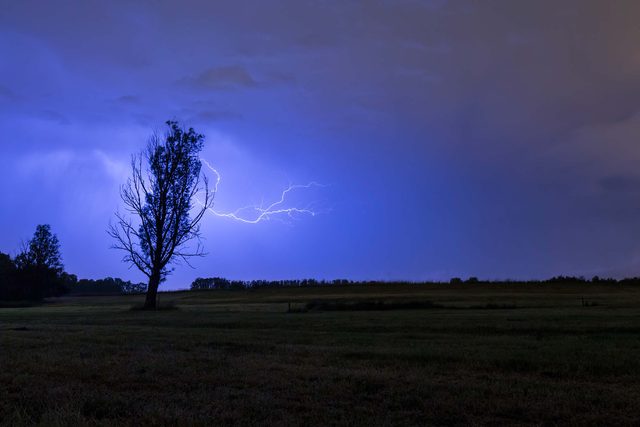
Lightning strikes can explode a tree
Imagine 15 million volts of electricity hitting a tree branch. The most likely result? The heat travels through the tree, vaporizing its sap and creating steam that causes the trunk to explode.
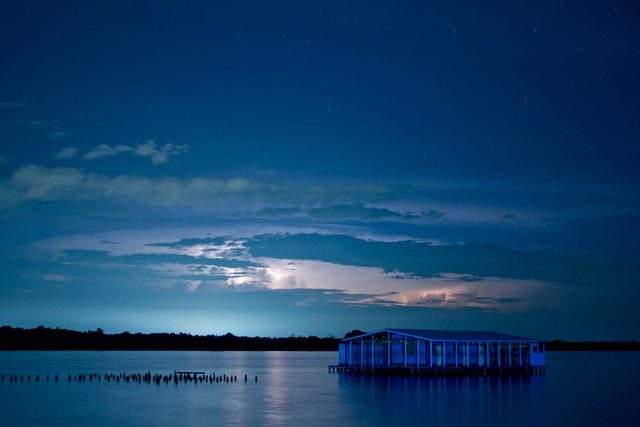
Lightning strikes hundreds of times per hour over one South American lake
Bolts of light illuminate the sky above the intersection of the Catatumbo River and Lake Maracaibo in northwestern Venezuela more than 300 nights a year, often flashing several times a second. Warm trade winds from the Caribbean Sea mix with cool air descending from the Andes to create an unusual weather pattern that helped the area set a record for the world’s most lightning bolts per square kilometer last year. This is one of the lightning facts that hardly anyone knows.
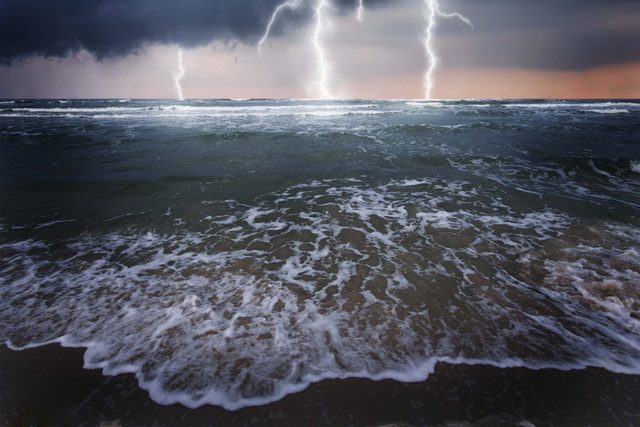
Petrified lightning is real
When lightning strikes sand or rock, the extreme heat can fuse minerals beneath the surface into a tube called a fulgurite. Though relatively rare, these “lightning fossils” have been found worldwide.

A lot of people are afraid of getting hit by lightning
The odds of being struck by lightning in your lifetime are a tiny 1 in 12,000, yet astraphobia is the third most common phobia in America, behind acrophobia (fear of heights) and zoophobia (fear of animals). But beware: Scientists say climate change may increase the chances to about 1 in 8,000 by the year 2100. Knowing these important lightning facts might help you feel a little safer during a storm.
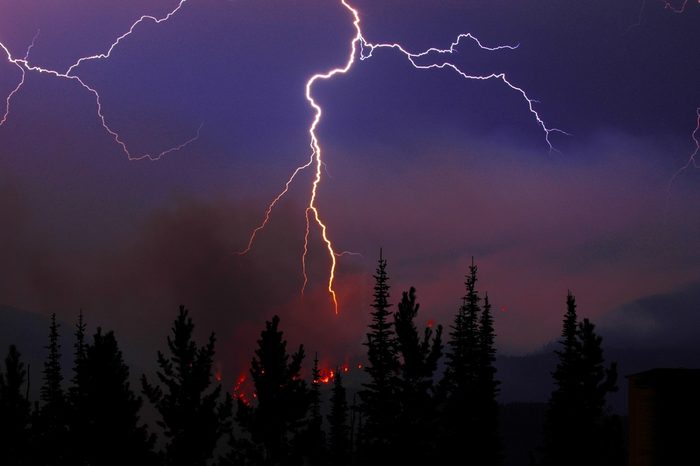
Lightning is hot
Lightening facts you already know are that it can explode a tree and leave a rash on people it strikes. Both of these effects are due to how hot lightning actually is. A flash of lightning can make the air around it five times hotter than the sun.
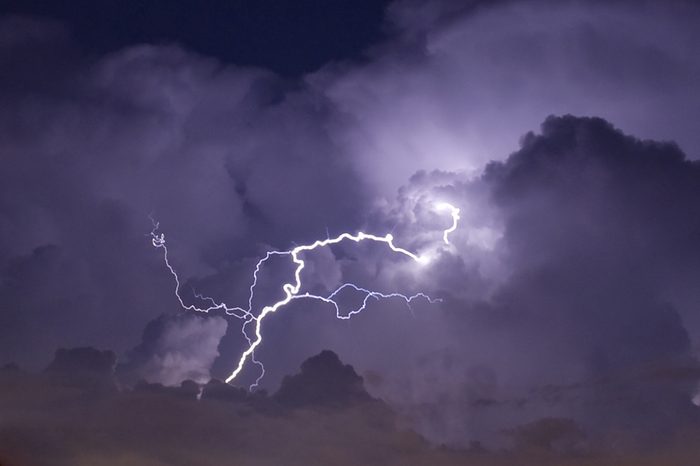
Lightning travels between clouds
Though 100 cloud-to-ground lightning bolts hit the Earth’s surface every second, some of the most common types of lightning don’t hit Earth. This type of lightning is called a cloud flash. Learning lightning facts is helpful during a storm, but you should also know these types of clouds that can help you predict the weather.
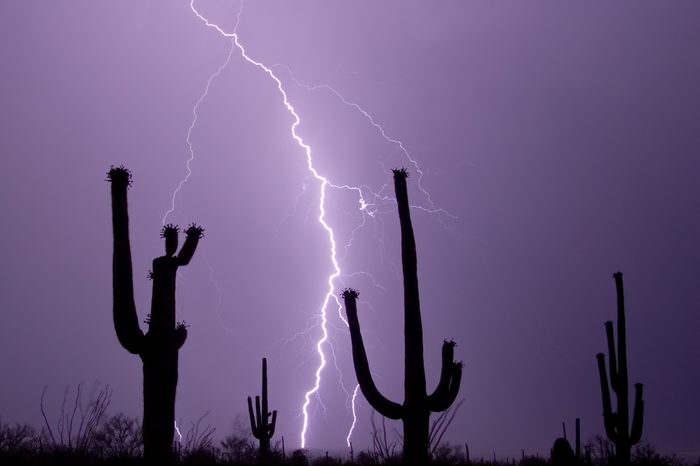
Lightning can strike without rain
The lightning strikes that often cause forest fires occur without the rainstorms you’re used to associating with them. Dry lightning, as it’s called, is most likely to happen in western states in the United States.
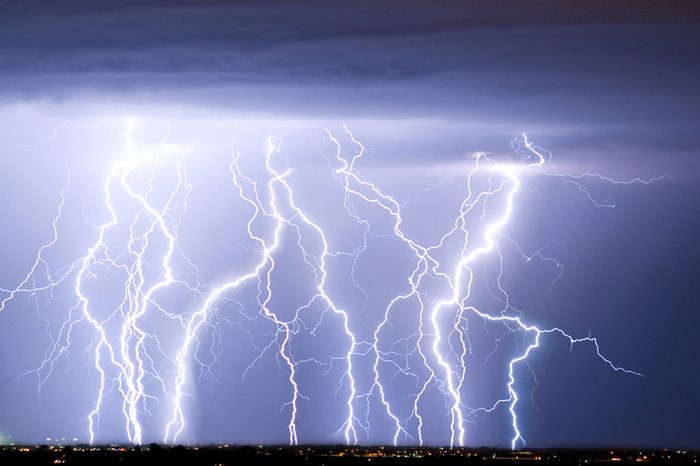
You see ground-up lightning
When you see a bolt of lightning, it’s not actually cloud-to-ground lightning. One of the lightning facts that are often a misconception is that you see lightning hitting the Earth. In fact, what you see during a thunderstorm is the complete opposite. The lightning that comes down from the clouds has a negative electric charge and the objects on Earth typically have a positive charge. Like the old saying goes, opposites attract; so when the lightning strikes the object on the ground a visible flash will zoom from the ground-up. Yes, it zooms at about one-millionth of a second.



















